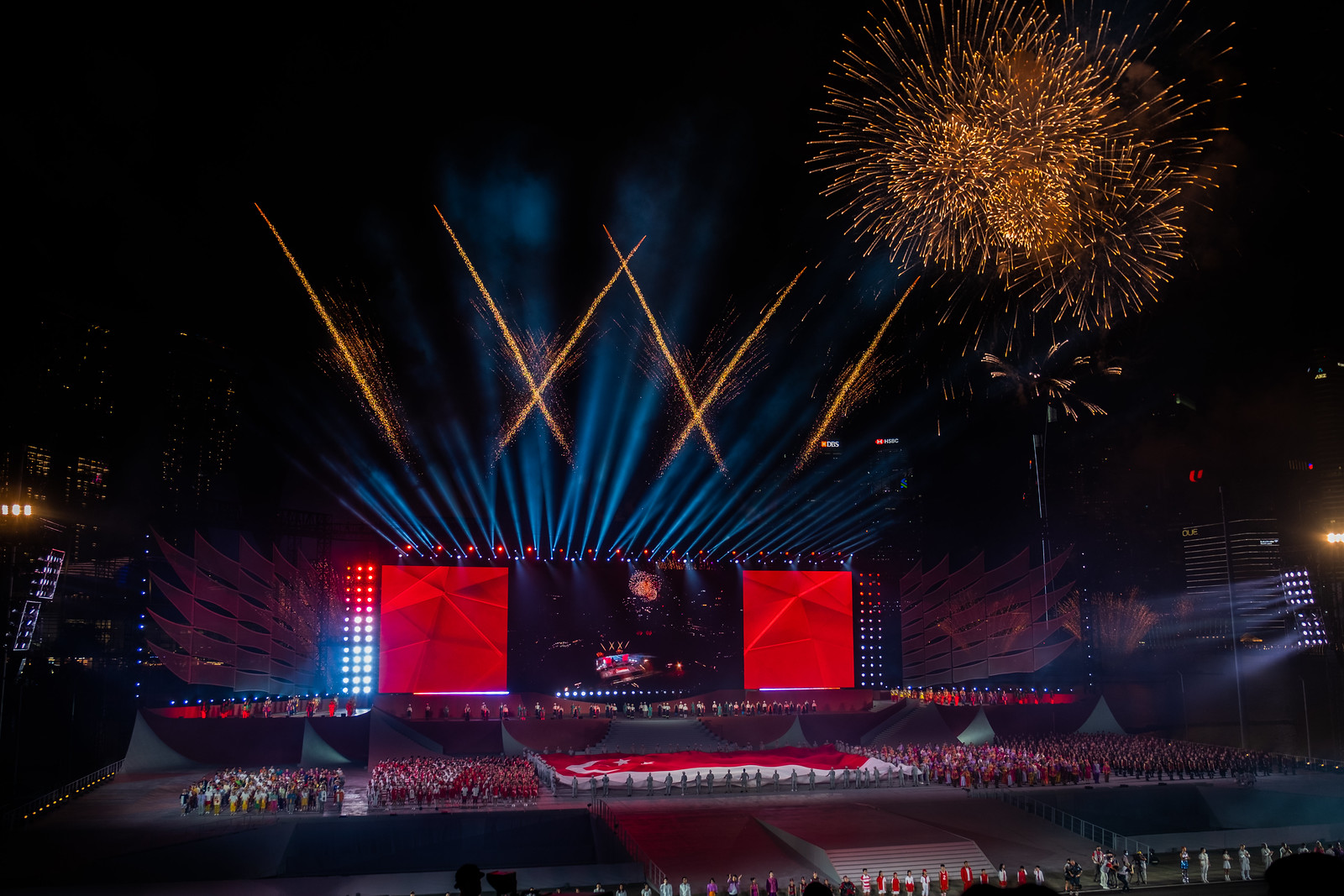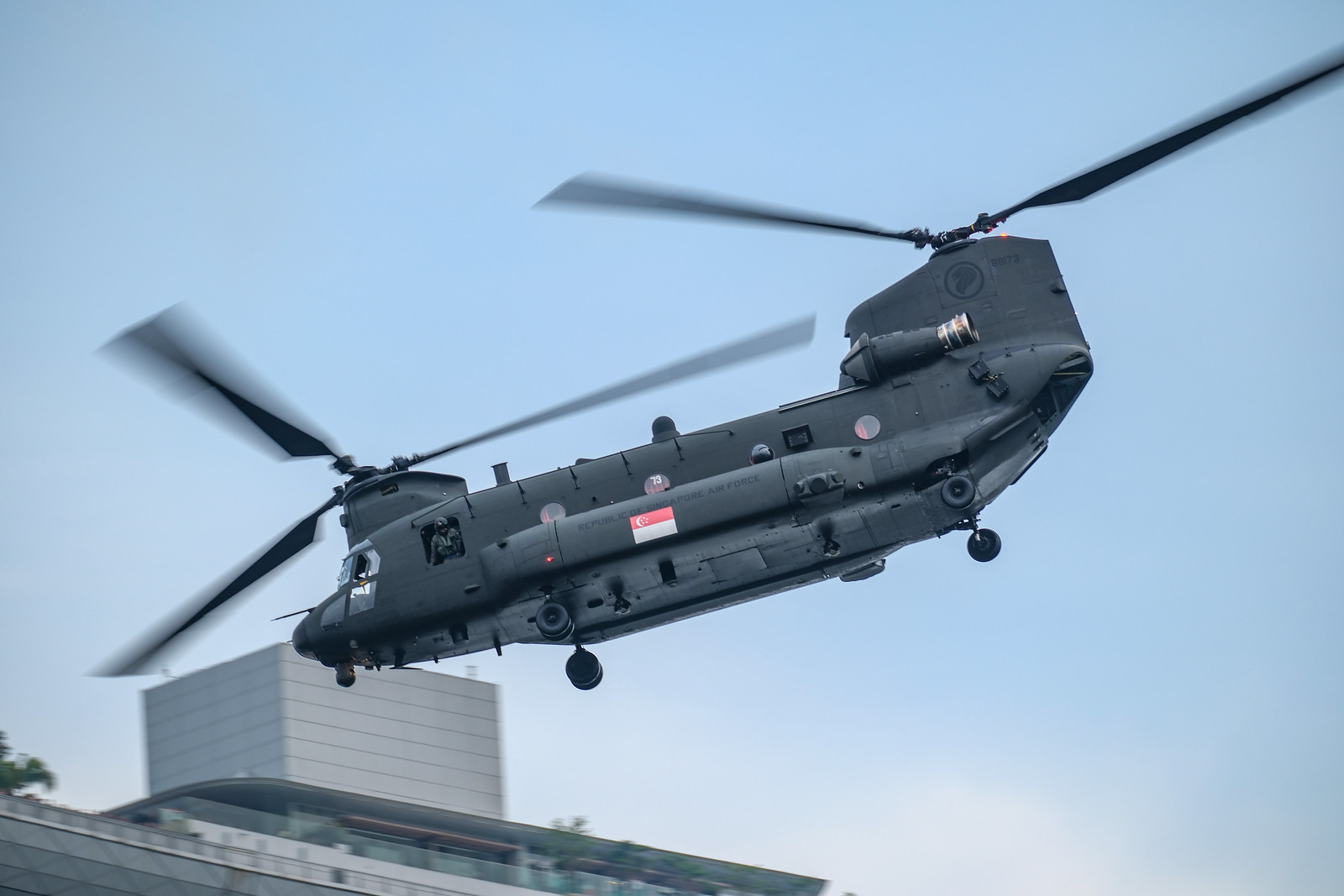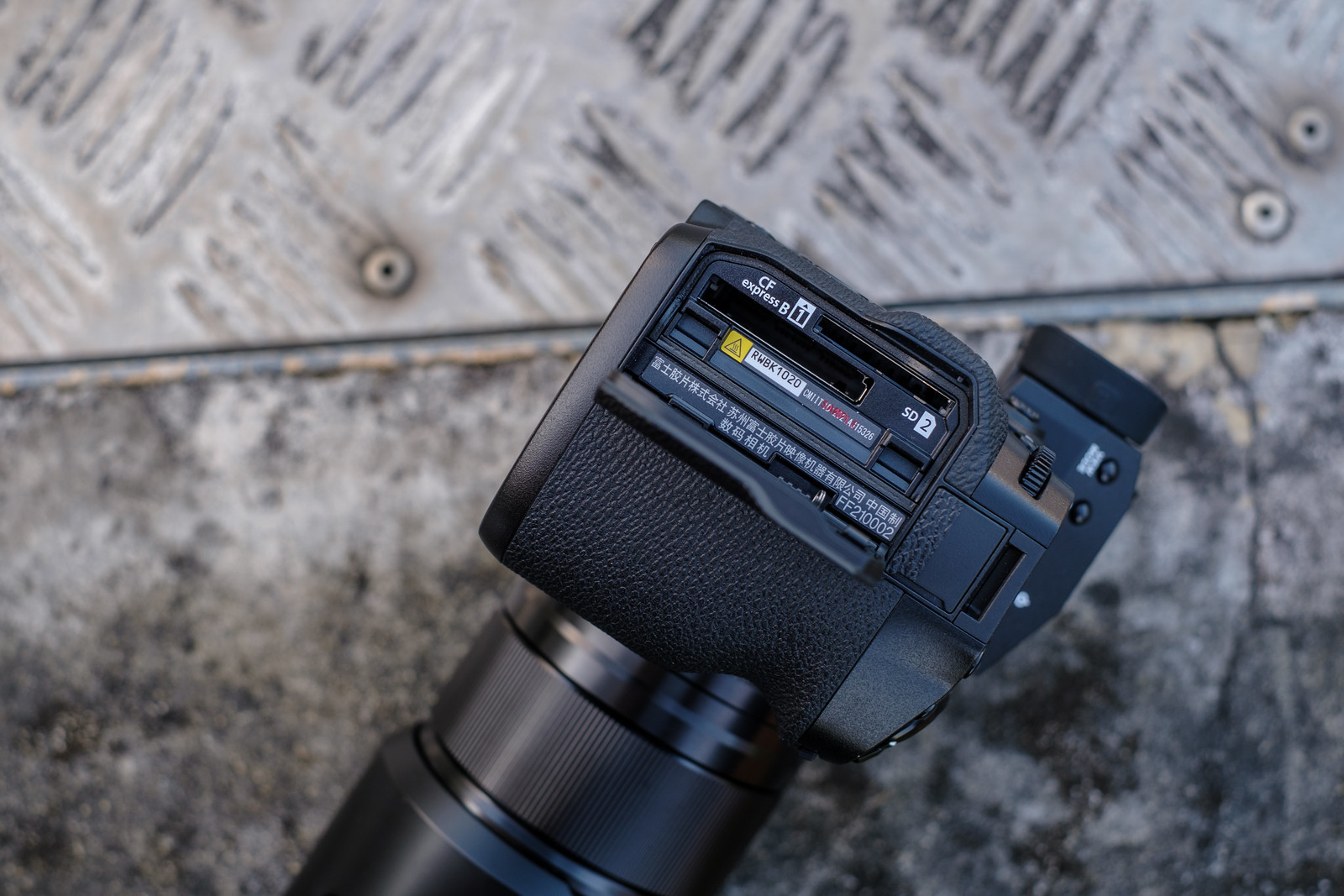A month ago on 31 May 2022, Fujifilm announced the X-H2S, the first flagship X-mount camera designed to fully optimize the potential of the second generation lenses like the XF150-600mm, XF18mm f1.4, XF23mm f1.4 WR, XF33mm f1.4. (my reviews of these lenses are linked directly on their names)
Not mentioned enough, the X-H2S is the 1st X-mount body designed to optimise the second generation X-mount lenses.
while the X-H2’s 40 Megapixels sensor will work on the resolution part
As predicted, the key highlight of the X-H2S is the stacked 26-megapixel X-Trans CMOS 5 backside-illuminated stacked APS-C sensor and the X-Processor 5 setup among a long list of other thoughtful improvements which we will spend a bit of time unpacking.
td:lr
The X-H2S is Fujifilm’s most powerful flagship to date, and for those who will utilize every single potential of the Fujifilm X-mount system, the X-H2S will be a necessity.
The Fujifilm X-H2S might seem costly for an APS-C camera, but it is the only stacked APS-C sensor model you can find in the market delivering the performance that the X-T4 and before flagship models can only envy (my X-Pro3 is probably weeping in a corner getting zero performance updates after 3 years)
Users who are not in the market for speed or video capabilities have the ‘to-be-announced‘ Fujifilm X-H2 and X-T5 to look forward to at the end of the year, though both models are likely to sport a non-stacked APS-C sensor with a higher megapixel count.
S is for Special: the 3 reasons the X-H2S stands out.
My style has never been to do a brainless listing of specifications that one can easily google across copy-and-paste tech review sites so I will only touch on what Fujifilm believes will excite you.
S is for Smarts
One of the key highlights of the X-H2S is the stacked 26-megapixel X-Trans CMOS 5 backside-illuminated stacked APS-C sensor and X Processor 5 which is supposed to read data four times faster than its last-generation X-Trans CMOS 4 sensor and twice as fast as X Processor 4 respectively, allowing the X-H2S to catch up with the autofocus and video capabilities of other flagship models in the market.
Key is the inclusion of SUBJECT DETECTION in the all-new autofocus system, a machine learning-based algorithm first debuted by Olympus in 2019 with their E-M1X. Fujifilm says this was developed with “Deep Learning technology” which can detect a wider range of subjects including animals, birds, cars, motorcycles, planes, and more. Note that if SUBJECT DETECTION is engaged, FACE/EYE DETECTION will be switched off.
The subject-detection worked pretty well when I tested it with the helicopters (Chinook, Apache etcetera) during a practice run for Singapore’s National Day, always almost instantly picking up the subjects but yes, there is still room for further improvement in the hit rates.
A competent camera should pick up subjects almost instantaneously, without one having to shift the AF-box over it and the X-H2S finally does this.
A professional camera needs to deliver consistent auto-focus performance the photographer expects, without any second-guessing.
S is for Stability
The X-Processor 5 packs a 600MHz sub-processor whose sole job is managing the X-H2S’s new five-axis in-body image stabilization system, which can deliver up to 7 stops of stabilization when equipped with the appropriate X-mount lens.

Maybe since the X-H1 was Fujifilm’s first IBIS-enabled X-mount camera, I guess it is only right to have the X-H2 be the one to be the first to utilize the improved IBIS capabilities with X Processor 5. Even as we all know a tripod is always better, the up to 7 stops stabilization definitely helps and these two fireworks shots were done handheld at f10, ISO200.
S is for Speed
The X-H2S can shoot blackout-free at up to an impressive 40fps (with the electronic shutter)(15 fps with the mechanical shutter) Due to the faster write rates, it can write over 1,000 frames continuously at up to 30fps when shooting in JPEG and up to 20fps when shooting in RAW. And all while maintaining continuous autofocus. (note, these are with the electronic shutter)
Below are 9 consecutive shots from a series of 15 fps shots with the mechanical shutter, so these were all shot within the span of lesser than 1 second. Tack sharp focused on the subject.










The inevitable is that around 7 to 8 seconds work at 15 fps implies one is looking at easily 155 RAW files to work with (I shoot RAW+JPEG so that is 310 files) totaling 9+ GB of space so get ready your budget for additional storage space.

Video capabilities are also impressive. The X-H2S can record DCI or UHD 4K at up to 60fps using the entire width of its sensor. It can also capture 4K 60fps footage in 3:2 aspect ratio using the entire sensor, or 4K 120fps footage using a 1.29x cropped area. It can also do Full-HD at up to 240fps. And thanks to the sensor’s fast readout speed of 1/180 seconds, rolling shutter effects are minimized.
Handling
First off, the OLED viewfinder is beautiful at 0.5 inches large (0.8x magnification) and has a resolution of 5.76 million dots. For the users who demand minimal distortion and zero black-outs, the refresh rates go up to 120 fps if one engages the BOOST performance modes in the X-H2S.
One of X-H1’s loved features was its deep hand-grip and the X-H2’s is extremely comfortable to hold. The magnesium alloy weather-resistant body feels robust and tough with 79 weather-sealed points. Robustness is a common complaint about mirrorless bodies and while the X-H2S is not likely going to shatter the floor tiles it is dropped on, I am pretty confident that it is tough enough to withstand most usage situations.
I am glad to see the X-H2S supporting CFexpress Type B in one slot while the other is a UHS-II SD card slot. CFExpress though costly now is needed if one is going to be managing data transfer rates and in my opinion is the future of card-storage medium for cameras.

The information sub-monitor is ‘always-on’ and helps immensely in giving one a one-glance view of settings. One can customise the information displayed and this is actually now common across Fujifilm’s workhorse cameras, even in the GFX series.
Current Fujifilm users should find the handling intuitive, though one should note the top plate dials are of the X-S10 design of PASM modes instead of the more traditional physical shutter speed, exposure, and ISO compensation dials that have been the design DNA of the X-T, X-Pro and X100 series.
Nonetheless, it is pretty user-friendly and easy to navigate the changing settings once one gets used to it. I alternate between Aperture and Manual mode and faced little issues managing setting changes.
The vari-angle LCD screen is expected of a supposed do-it-all camera model and is useful for video. I will prefer a tilt but then I am a mostly images person and pretty much a dud in video.
Lastly, battery life with the NPW235 battery is phenomenal compared to other X-mount bodies. In my shoot yesterday I filled up my 64GB CFExpress and it ‘overflowed’ over to the 64GB SD card and the battery life was still easily around 60%. That was easily around 1200 shots.
*take note that I did not engage the boost modes.
Instead of a conclusion, I will instead touch on 3 points about the X-H2S few reviewers will tell you for your further thinking,
for example, so…. how fast is fast when everyone says it is fast.
Conclusion through answering 3 questions.
Q1. So… how fast is fast exactly? And how fast is it compared to competitors?
Everyone says the X-H2S is fast, but then personally I don’t think that is a good enough answer as ‘how fast’ is relative. Unless one is really pushing the performance to the extreme end, one is not likely to experience how much faster, kinda like someone who buys an M1 Max Macbook Pro to surf Youtube isn’t really to understand how powerful the machine can be.
I can tell you frankly within the Fujifilm ecosystem, it is an unequivocally yes that the X-H2S is their most reliable and fastest auto-focusing camera to date, but for someone who has reviewed multiple brands, a good comparison will be that the X-H2S performs at the level of the Canon R6, or Sony A7R IV in this aspect.
Below is a series of shots where I tracked a group of parachuters with the X-H2S. The camera was in AF-C, WIDE/TRACKING AF mode, and SET 2 (IGNORE OBSTACLES & CONTINUE TO TRACK SUBJECT)
The tracking is much more reliable now, though there is room for keeper rates to go higher to the point where I hope one day if anyone misses a shot, one can say it is a user issue, not the camera’s fault.
I believe with time, firmware updates will push this performance further, to the level of the Sony A9 II, A1, or the Canon R3 and Nikon Z9, the level which the X-H2S was designed to be.
Firmware updates improved the Nikon Z9 (ver 2.1) and Sony A9 (ver 6.00) so much that they are literally different cameras now and I hope this is something I can continue to see in Fujifilm.
Q2. What if I have an X-T4 now? Should I smash that piggy bank for the X-H2S?
Yes and no, firstly, the X-T4 was released two years ago in 2020 and Fujifilm kinda recently promised to continue improving it and I will hope they keep to their words. But hey, I can wait 3 years for a performance update for X-Pro3 and I am still waiting.
Factually, after testing it, I can tell you (ya, quote me) that the X-H2S gives a level of autofocus reliability and video capabilities the X-T4 will never be able to. For one, the date transfer rates a CFExpress card can afford literally leaves the UHS-II cards behind. And if you cannot wait and need these, then yes, the upgrade is very worth considering.
Q3. It does look pretty bulky for a mirrorless, especially APS-C.
One has choices, for example, the X-T200 is also APS-C and is so tiny that I can literally hide it in the XF100-400mm’s hood. The X-H2S is a workhorse camera expected to work with lenses like the XF150-600mm and XF200mm f2 which both aren’t small to start with.
Most will not enjoy the balance of say mounting an XF100-400mm on an X-T100. Moreover, design features of the X-H2S, a hybrid camera will have to work to alleviate heating issues, especially during long video recordings.
Q3. Is the battery life great? Is it worth paying an extra USD999 for the optional data transfer battery grip?
The battery life is rated at 720 shots (CIPA standard) and 1700 shots with the optional VBG-XH grip fitted and as shared above, I had easily 60% battery left after doing close to 1200 shots so I guess Fujifilm is conservative with their estimates here. I had no issues using the larger lens without an additional grip and I guess if you need the extra battery stamina, you will know and need it. As with regards to the data-transfer grip, I did not manage to test it and I do not talk about equipment I have not tried to be fair.
The Fujifilm X-H2S in its way has kept to Fujifilm’s promise to significantly improve in one of its areas of growth – auto-focus speed and reliability. It is important to note that other brands took time to fully hone their auto-focus algorithms and thus I believe there is further room for the X-H2S to grow performance-wise. Fujifilm generally uses a sensor generation for quite a few years, hence it is important to see this on a longer timescale.
Out of the box currently, the X-H2S has proven without a single shred of doubt that it outperforms any other X-Mount camera and those invested in the Fujifilm ecosystem will no doubt appreciate this.
Thank you for reading.
Self-plug: Not all of my test cameras make it into a review; instead, they go onto my Instagram account. If you don’t mind, follow me at http://www.instagram.com/keith.wee
Disclaimers:
- The Fujifilm X-H2S is a sample set running firmware version 1.00 and will be returned shortly to Fujifilm Asia Pacific.
- For the review, I used the XF16-55 f2.8, XF100-400mm f4.5-5.6, and the XF23mm f1.4 WR. All were updated to the current firmware versions available.
- All samples shared were photographed by me in raw and edited in LR CC Classic to my preferences. As of now, LR CC Classic does not support the X-H2S and thus, I do not think it is the most appropriate to discuss image quality between X-Trans V and X-Trans IV.
- I take pride in being a reviewer who does not earn from affiliate links and am able to provide a balanced viewpoint.





















I have been waiting for your review Keith. As always, I love your balanced approach and well written article. Will you be getting a XH2S yourself?
LikeLike
Hi Margaret, thank you for the kind words. I will likely go for the X-T5 instead as for what I photograph I seldom really need the autofocus system to be so powerful
LikeLike
Yes, X-T5 would be a choice for photographers IF…… Fuji will drop that pesky selfie LCD going back to 3-way one and keep the body size of X-T4 or preferably X-T2. Compact additional power grip with GPS location and Wi-Fi, Bluetooth transmitter would be cherry on the cake.
LikeLiked by 1 person
For me the X-T5 or X-H2 is probably the more practical choice too 🙂 the question everyone wants to know is what will Fujifilm take away for the price difference. I may be wrong but if the grip for the X-T5 does come with a GPS and data transmission abilities I would be very very surprised though.
LikeLike
Greetings Keith. The XH-2S will undoubtably get a slew of Firmware updates and I very much expect the Auto Focus to improve further. It’s very much THE Hybrid stills/video camera to get on the market. A camera like this would very much be in demand for documentary videos and possibly even Sports photography. The user could ideally switch on to video from stills and vice versa. The IBIS Sounds impressive and would be a terrific camera to carry around while travelling including for low light images. Personally speaking I’d hold on and see how much technology and features trickle down to upcoming models. You forgot to mention Keith, having bigger files to work with aren’t necessarily a great thing. It requires greater processing power and backup storage needs to be increased accordingly. I’d wager though the dynamic range and headroom to process the image files in let’s say Lightroom would have more leeway. Technological improvements are both a millstone and a perceived advantage.
LikeLike
Hi Baladino! Yeap, pretty much agree with your good points . I mentioned the storage being something one needs to look out for, it’s actually the first time in a while that I managed to max out a 64GB card fully in one event and in this sense I’m sure the videographer will definitely need a even larger capacity to work with too.
LikeLike
by the way Keith I forgot mention, the Zeiss 35mm F2.8 seems to out resolve film. And might be something you’d like to consider for use your digital cameras. Second hands ones for sale occasionally turn up in Japanese camera stores or on eBay. I suspect because of the coatings it has a cool rendition. But nevertheless the level of detail and contrast is impressive. A worthy buy.
LikeLiked by 1 person
Hi Keith,
Did you have a chance to test connecting to iPad, iPhone or Mac using USB connection?
LikeLike
Hi Anthony , I didn’t manage to test that as this was actually a sample set though it was running firmware ver 1.00. If I do get another full production set I’ll be most glad to test the connection (I want to know too haha) and update you
LikeLike
Hi Keith, thanks for responding.
ah okay, I had one and tried it but the results was kind of erratic.
it shows up at times continuously but sometimes, you need to turn off and leave it a while before you can connect back.
Not too sure if it could be the reason that iPad does not have the safe eject feature.
another thing that I observe is that on Mac or iPad, it will not show in the finder or files. Only when using software like ACDSee photo studio for MAC or Photo app on iPad, it will show as PTP connection.
That why I was hoping that you can also test it to see if it is the same for all.
LikeLike
Hi Anthony , thank you for sharing the details. I’ve returned the unit but let me try it if one day I get it again 🙂 hoping that this will be a non issue as some of us really are pretty used to used a direct connection, esp for this who want to see a shot being down in real time on a bigger screen too.
LikeLike